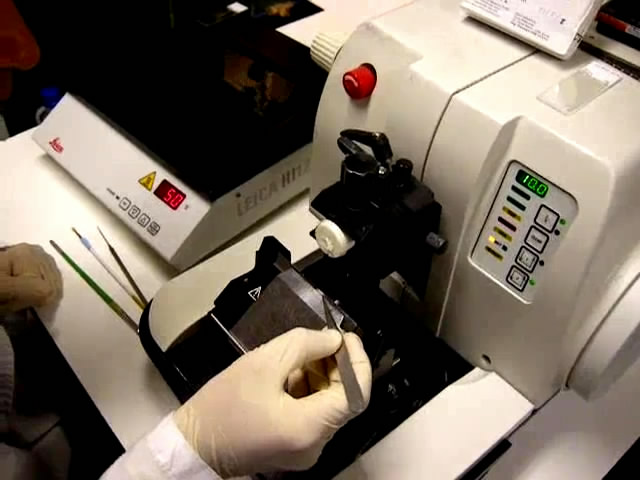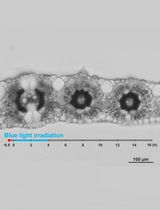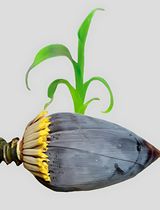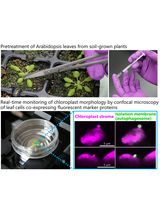- EN - English
- CN - 中文
Plastic Embedding of Arabidopsis Stem Sections
拟南芥干细胞切片的树脂包埋
(*contributed equally to this work) 发布: 2014年10月20日第4卷第20期 DOI: 10.21769/BioProtoc.1261 浏览次数: 14526
评审: Elias BassilRu ZhangAnonymous reviewer(s)
Abstract
The inflorescence stem of the flowering plant Arabidopsis thaliana (thale cress) is an excellent model system to investigate plant vascular tissue patterning and development. Plant vasculature is a complex conducting tissue arranged in strands called vascular bundles, formed by xylem (tissue that carries water) and phloem (tissue that carries photosynthates and signaling molecules). Xylem and phloem are originated from cell division of the meristematic cells of the vascular cambium. In Arabidopsis the flowering stem elongates about three weeks after germination. At this stage it is possible to visualize defects in its development and morphology. Here we describe a protocol to embed in plastic (resin) stem segments either freshly dissected from living plants or previously assayed for β-glucuronidase. This protocol provides an excellent cellular morphology ideal to visualize stem cell types including those of vascular bundles using high-resolution light microscopy.
Keywords: Arabidopsis (拟南芥)Materials and Reagents
- 30 day-old Arabidopsis stem fragments
- 90% acetone
- 4% glutaraldehyde
- 0.1% Tween 20
- Absolute ethanol
- Historesin standard kit (Reichert-Jung, catalog number: 7O-2218-500)
Components:- Basic resin liquid (Figure 2A)
- Activator powder
- Hardener
- Basic resin liquid (Figure 2A)
- Cresyl violet acetate (Sigma-Aldrich, catalog number: C-5042)
- Preinfiltration solution (see Recipes)
- Infiltration solution (see Recipes)
- Embedding medium (see Recipes)
- Cresyl violet staining medium (see Recipes)
Equipment
- Vacuum pump (Figure 1)
- Vacuum jar (Figure 1)
- Histomold trays (6 x 8 mm) (Leica Microsystems, catalog number: 14702218311)
- Histomold trays (13 x 19 mm) (Leica Microsystems, catalog number: 14702218313)
- Specimen Holder adapter (Leica Microsystems, catalog number: 14702218310)
- Drying oven DO-90 (Raypa)
- Motorized microtome Leica RM2155 (Leica Microsystems)
- Water/ethanol bath HI 1210 (Leica Microsystems)
- Tungsten carbide disposable blades TC-65 (Leica Microsystems, catalog number: 140216266379)
- Glass slides Superfrost ultra plus (Menzel-Glasër, catalog number: J3800AMNZ)
- Surgipath micromount (Leica Microsystems, catalog number: 3801731)
- Coverslip (24 x 60) (Menzel-Glasër, catalog number: BB024060A1)
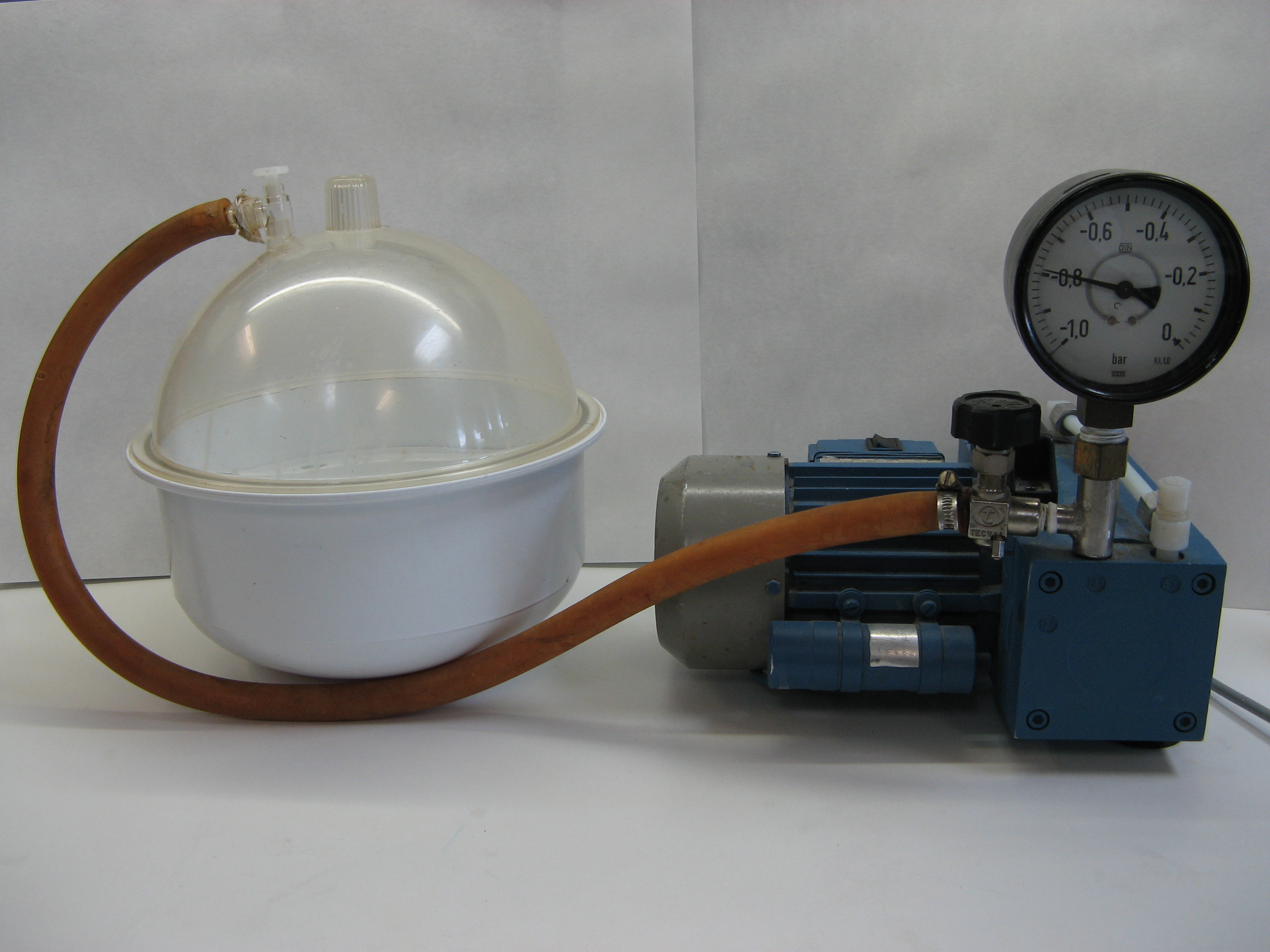
Figure 1. Vacuum jar and vacuum pump used for tissue infiltration
Procedure
文章信息
版权信息
© 2014 The Authors; exclusive licensee Bio-protocol LLC.
如何引用
Chevalier, F., Iglesias, S. M., Sánchez, �. J., Montoliu, L. and Cubas, P. (2014). Plastic Embedding of Arabidopsis Stem Sections. Bio-protocol 4(20): e1261. DOI: 10.21769/BioProtoc.1261.
分类
植物科学 > 植物细胞生物学 > 细胞成像
植物科学 > 植物发育生物学 > 形态建成
细胞生物学 > 细胞成像 > 固定组织成像
您对这篇实验方法有问题吗?
在此处发布您的问题,我们将邀请本文作者来回答。同时,我们会将您的问题发布到Bio-protocol Exchange,以便寻求社区成员的帮助。
Share
Bluesky
X
Copy link



